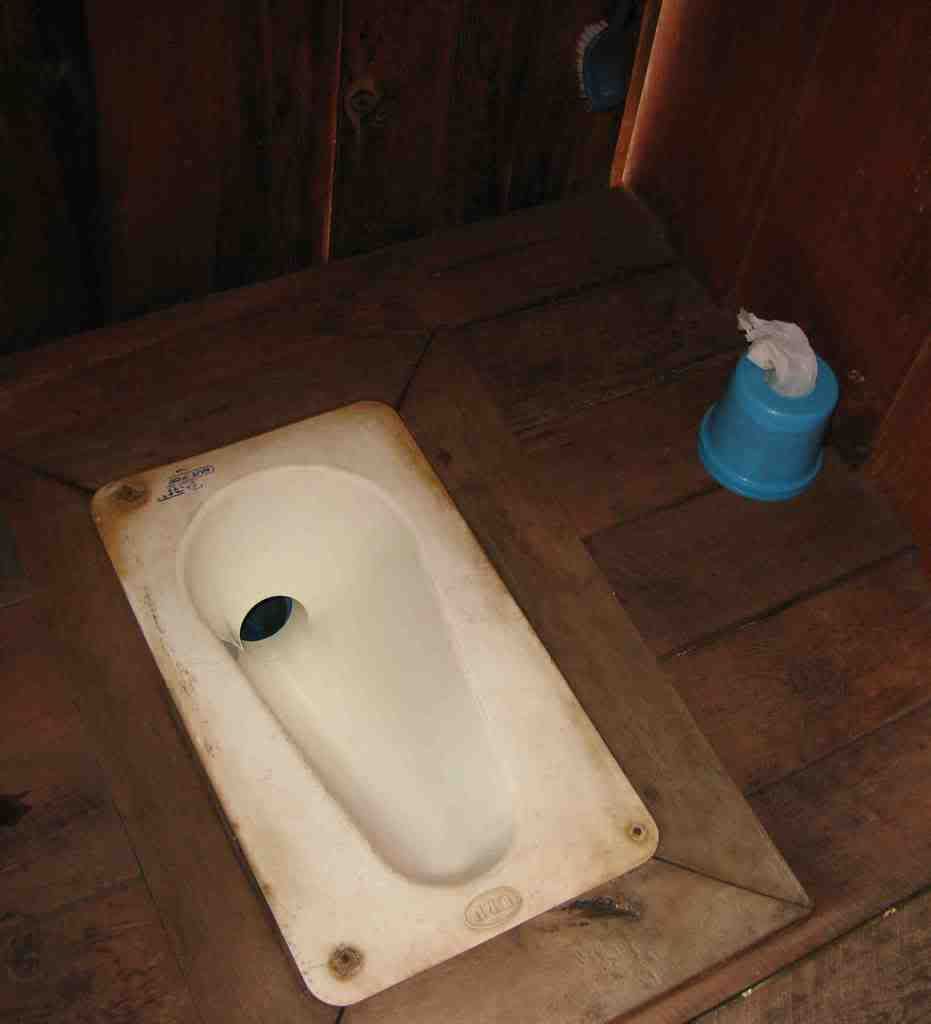
October 28, 2009
Cholera is spread through human fecal contamination of food and water supplies. It is a frequent Disease of Disaster, accompanying famines, floods, wars, and other natural- or man-made disasters. Its victims – as many as several million each year(1) – typically are destitute, displaced or debilitated. And, all too often, dead.
Although its incidence waxes and wanes with the seasons, cholera never sleeps. So far this month, the disease has made its usual rounds in Africa and Asia. It has left death and diarrhea in its wake in Angola, Cameroon, Guinea-Bissau, India, Kenya, Nigeria, Papua New Guinea, Russia, Tajikistan, Tanzania, Uganda and Zimbabwe.
Since early in September, cholera has killed 149 people in Nigeria, 59 in Tanzania, and 51 in Cameroon. Recent storms and flooding in the Philippines and Afghanistan have triggered outbreaks of cholera and other waterborne diseases in both countries.
Cholera can be treated successfully, if adequate medical facilities are available. More importantly, outbreaks can be prevented, by providing communities with safe drinking water, and with sanitary disposal facilities for human waste.
2008 was the International Year of Sanitation. The World Health Organization partnered with other agencies to promote improvements in sanitation in underdeveloped areas of the world. But it will take many years before these efforts make a significant dent in the problem.
Until then, cholera will continue to thrive.





No comments:
Post a Comment
Note: Only a member of this blog may post a comment.